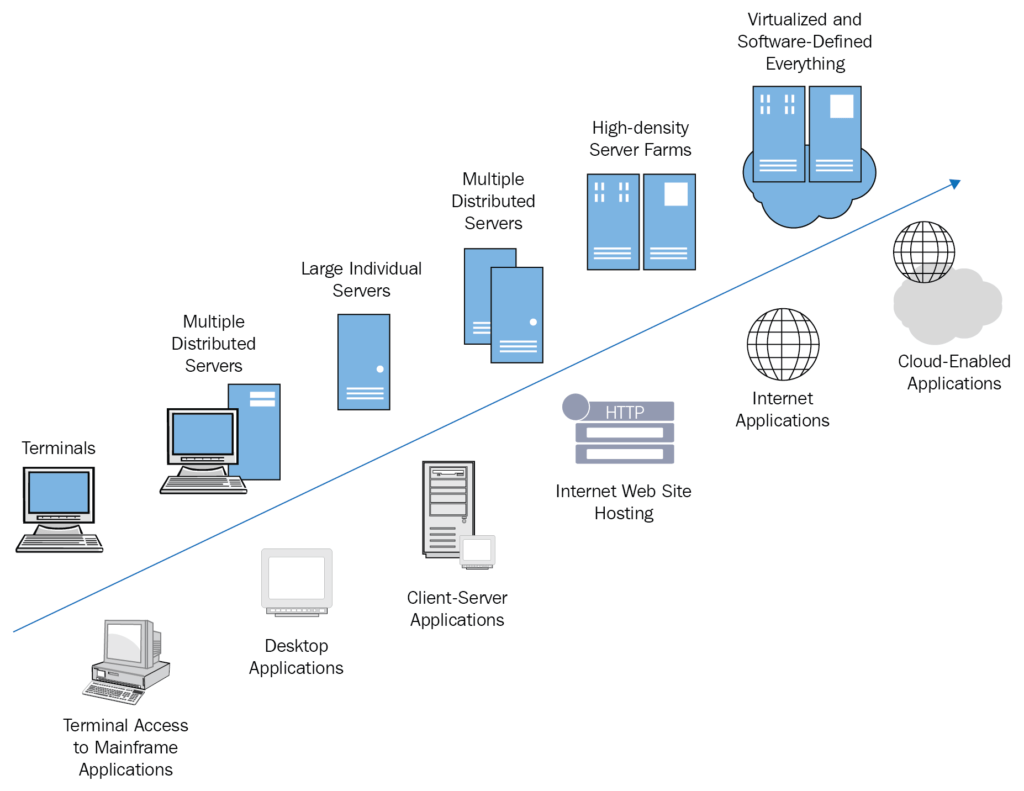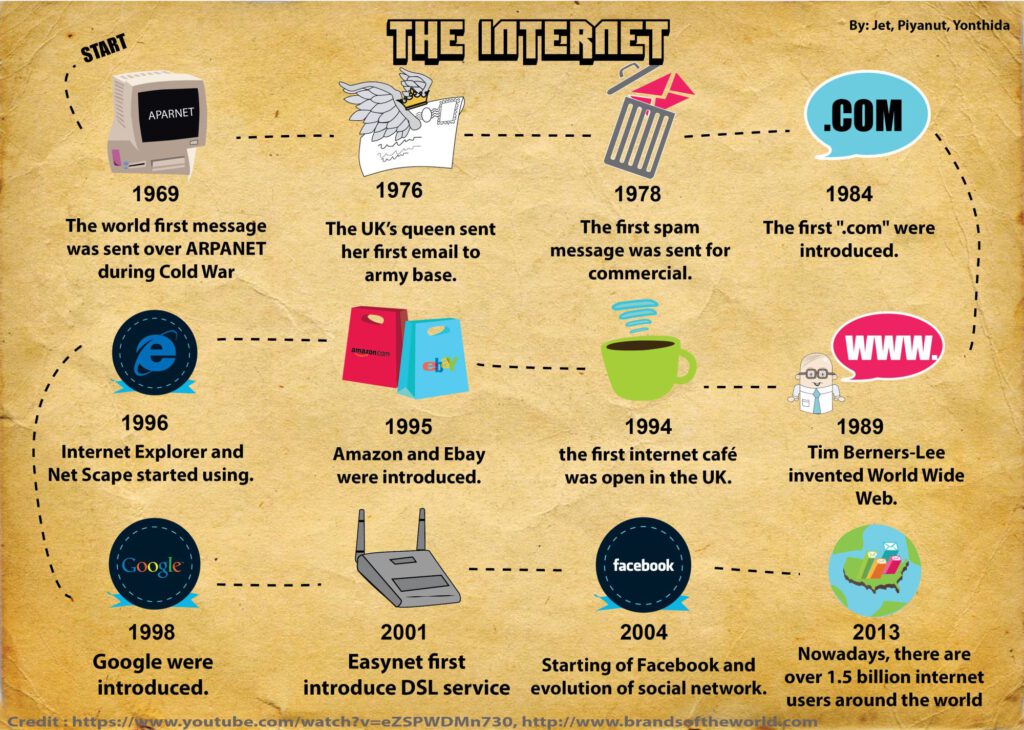Revolution of Web Hosting Service from Static to Advance Level: A Complete Guide

Ever wondered how websites are made accessible for internet surfers on the World Wide Web? The answer lies in web hosting services. This is where an internet hosting service allows space on the server or data center. So that organizations can have their websites published to the web by the service provider.
Today with over 2 billion websites globally, some of the biggest web hosting companies. It includes the likes of 1&1, Amazon Web Services, GoDaddy, Google Cloud Platform, Hetzner Online, etc.
According to a recent study by First Site Guide, there are over 1.2 billion hostnames registered online as of 2020, with 1969 being the year when the first four hosts were registered. Furthermore, the web hosting industry is valued at $56.7 billion for its market size with the shared hosting segment dominating the overall market with a share of 37.64% in 2019.
Moreover, the web hosting industry market size is forecasted to grow and reach $171.4 billion by 2027. We are currently living in the 52nd year of the internet’s history.
Two Major Types of Websites

Apart from web hosting, they can be quite unique and variant in nature when it comes to websites. However, many of them can be categorized into two major categories, namely static and dynamic websites.
1. Static
Static websites are the type of websites that are fixed and display the same content for every user and predominantly written exclusively in HTML. Most static websites have their web pages stored on the server in the format that is sent to the client’s web browser.
With the help of CSS (Cascading Style Sheets) appearance beyond basic HTML can be controlled. Since there is little to no change, a static website delivers consistent and standard information, hence being a classical website.
2. Dynamic/Interactive
A dynamic website, on the other hand, is the type of websites that can display different content and provide user interaction with the help of advanced programming and the addition of databases in HTML. Hence you will find that dynamic websites are able to change and customize it frequently and automatically.
SSI (Server Side Includes) is generated on the fly with the help of computer code. Some common software systems to generate dynamic web systems and sites include Active Server Pages, CGI (Common Gateway Interface), ColdFusion, Java Servlets, and JSP (Java Server Pages).
TimeLine of Web Hosting Services

Now that we understand the basic difference between Static and Interactive websites. Here is a quick breakdown of how web hosting services originated and transformed over the years.
· Creation of the World Wide Web

As we call it today, the web is the leading information retrieval for the worldwide computer network, otherwise commonly known as the internet. The vast array of documents available online are connected with the means of hypertext (hyperlinks), allowing users to access them.
The development of the “www” began in 1989 where Tim Berners-Lee, a computer scientist, was working at CERN. An international scientific organization based in Geneva, Switzerland. He, along with his colleagues’ help, created the protocol that popularly came to be known as HTTP (Hypertext Transfer Protocol). That was used to standardized communication between clients and servers.
Later in January 1992, their team was able to introduce their text-based web browser that was then made available through a general release. It wasn’t long that the World Wide Web started gaining popularity and a rapid acceptance by all others working in a similar field. Sure enough, Mosiac, a web browser, was developed by Marc Andreessen. And others while working at the National Center for Supercomputing.
· WWW and the Public

With more people finding about the World Wide Web, it wasn’t long before the National Science Foundation took notice. And lifted the restrictions concerning the “www” in 1991. Hence the world was introduced to the web for the first time.
In the same year, the HTML computer language was also presented along with URLs (Uniform Resource Locators) that can be used to determine the web addresses and their location quickly.
By 1993 however CERN (Conseil European pour la Recherche Nucleaire) had decided to put WWW in the public domain. Hence the World Wide Web was released as an open license for wider dissemination to encourage its broad usage. Students in the field of computer engineering and opting for Dissertation Assistance UK might have also heard about this tale several times.
· The First-Ever Web Hosting

With the internet now accessible by the public, a year later in 1994 David Bohnett and John Rezner who found the web hosting service that briefly called Beverly Hills Internet and was renamed to GeoCities. GeoCities allowed people to create and publish websites for free and make it easy to browse user-created websites according to their interest and theme.
Simultaneously four major internet access points were also announced by the NSF, and they included Chicago by Ameritech, New York by Sprint, San Francisco by Pac Bell, and Washington DC by Metropolitan Fiber System.
With GeoCities gaining popularity amongst the masses, millions of people, called homesteaders, signed up on the website. Later on January 28, 1999, Yahoo acquired GeoCities, and during that time it was allegedly one of the top three most visited website in the world.
· Evolution of Web Hosting Services
With the passage of time, web hosting services also diversified. While institutions and universities initially used it to share essential information, things started to change as more people wanted to have the same privilege. One of the major deterrents was that web hosting was extremely expensive and utilized very complicated patterns requiring sophisticated understanding.
However, through technological improvements along with familiarity for web hosting was accomplished, the demand for affordable web hosting service became evident. From a single server running on a regular workstation, the technology paved the way towards virtual servers with small virtual machines.
Today we have cloud-based servers when it comes to web hosting, also known as cloud-based web hosting. Today some of the biggest names in cloud technology include Amazon Web Services, Microsoft Azure, Alibaba, and Google Cloud.
Evolution of Websites

Without question, websites also evolved with the passage of time. Web 1.0 refers to the first stage of the World Wide Web’s evolution that took place roughly around 1991 to 2004. This era was marked by a few content creators and a vast majority of content consumers. Personal web pages were common, mainly consisting of static pages being hosted.
The journey towards Web 2.0 was a slow one with the term originating in 1999. With Web 2.0, users gained the freedom to contribute while also offer rich user experiences, folksonomy, SaaS, and mass participation.
Conclusion
As a final note, I would just like to say that this journey has not ended and even today, websites and web hosting technologies are still improving. In fact, Web 3.0 has already been coined by The New York Times back in 2006. And is popularly known as a semantic web where everything will be more connected.
What the future holds for websites and web hosting services, it is hard to predict. So far, we can only keep our fingers crossed and hope for the best. Cheers and the best for your future endeavors.
Author Bio
Samantha Kaylee currently works as the Assistant Editor at Crowd Writer. She likes to indulge herself in pop-culture, including animes, movies, music, and even video games. During her free time, she also likes to surf the internet.t And find out about the latest developments in the world of tech.


 Santa’s Secret Server Room: Unwrapping the Best Christmas Hosting Deals 2025
Santa’s Secret Server Room: Unwrapping the Best Christmas Hosting Deals 2025  Dedicated CPU Plans: Power, Control, and Speed for Serious Projects
Dedicated CPU Plans: Power, Control, and Speed for Serious Projects  Build Your Own Digital Nation – With 20% Off Web Hosting
Build Your Own Digital Nation – With 20% Off Web Hosting  Top Strategies for Deploying a Linux Cloud Server in 2025
Top Strategies for Deploying a Linux Cloud Server in 2025  How to Migrate Your Site without Downtime – Hostnetindia
How to Migrate Your Site without Downtime – Hostnetindia  Why Your Website Needs Hosting That Cares Like a Mom?
Why Your Website Needs Hosting That Cares Like a Mom?